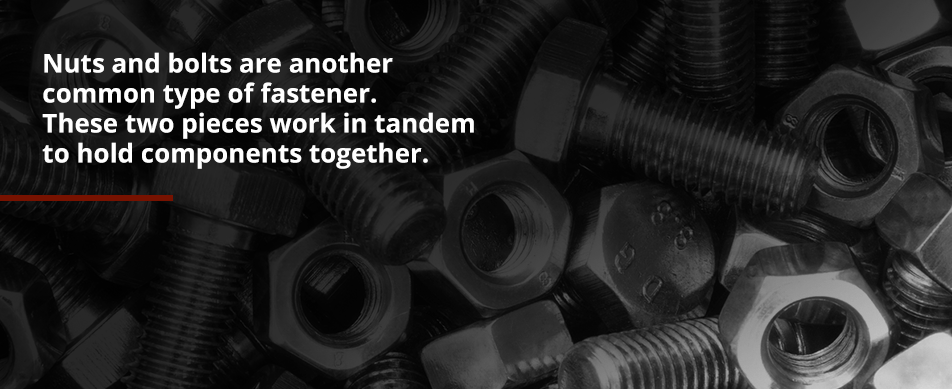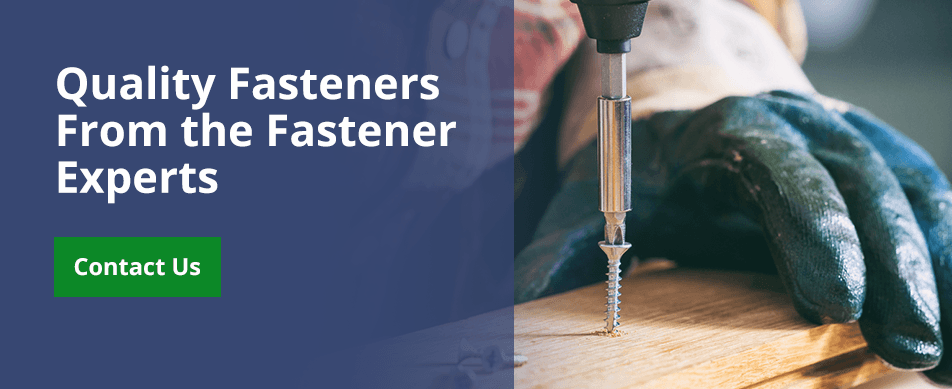- English
- 简体中文
- Esperanto
- Afrikaans
- Català
- שפה עברית
- Cymraeg
- Galego
- 繁体中文
- Latviešu
- icelandic
- ייִדיש
- беларускі
- Hrvatski
- Kreyòl ayisyen
- Shqiptar
- Malti
- lugha ya Kiswahili
- አማርኛ
- Bosanski
- Frysk
- ភាសាខ្មែរ
- ქართული
- ગુજરાતી
- Hausa
- Кыргыз тили
- ಕನ್ನಡ
- Corsa
- Kurdî
- മലയാളം
- Maori
- Монгол хэл
- Hmong
- IsiXhosa
- Zulu
- Punjabi
- پښتو
- Chichewa
- Samoa
- Sesotho
- සිංහල
- Gàidhlig
- Cebuano
- Somali
- Тоҷикӣ
- O'zbek
- Hawaiian
- سنڌي
- Shinra
- Հայերեն
- Igbo
- Sundanese
- Lëtzebuergesch
- Malagasy
- Yoruba
- Español
- Português
- русский
- Français
- 日本語
- Deutsch
- tiếng Việt
- Italiano
- Nederlands
- ภาษาไทย
- Polski
- 한국어
- Svenska
- magyar
- Malay
- বাংলা ভাষার
- Dansk
- Suomi
- हिन्दी
- Pilipino
- Türkçe
- Gaeilge
- العربية
- Indonesia
- Norsk
- تمل
- český
- ελληνικά
- український
- Javanese
- فارسی
- தமிழ்
- తెలుగు
- नेपाली
- Burmese
- български
- ລາວ
- Latine
- Қазақша
- Euskal
- Azərbaycan
- Slovenský jazyk
- Македонски
- Lietuvos
- Eesti Keel
- Română
- Slovenski
- मराठी
- Srpski језик
Types of Fasteners
2023-08-21
Contents
What Is a Fastener?
Let's begin by defining the concept of a fastener. The term "fastener" encompasses a diverse range of tools, such as screws, nuts, and bolts, that share a common objective: mechanically securing objects together. While adhesive substances like glue can serve this purpose, they are not classified as fasteners. Therefore, we need to refine our definition. Hardware fasteners mechanically unite objects.
Generally, fasteners create connections that are not meant to be permanent. In other words, when using a fastener to join two components, it can be removed, and the parts should separate without damage. This distinguishes them from welded joints, for example. Rivets, however, constitute an exception to this rule; they fall within the fastener category but create permanent connections.
Despite most fasteners forming non-permanent connections, this doesn't imply they are solely for disassembly, nor does it indicate weakness in the joint. Fasteners can effectively hold together objects under substantial stress. This versatility makes them suitable for both permanent and non-permanent joints, accommodating various project requirements.
Different Types of Fasteners

Mechanical fasteners come in diverse forms, including screws, nails, nuts, bolts, washers, anchors, and rivets. Each category encompasses multiple types to choose from. If you've ever browsed a fastener aisle at a hardware store, you're aware of the array available. Let's explore these common fastener types in more detail.
1. Screws
Among fasteners, screws are often the first to come to mind. Screw fasteners are versatile and feature threaded shafts, providing robust holding power. Unlike bolts, they don't necessitate additional components to secure them. Typically, a drill creates a pilot hole, followed by driving the screw in using a screwdriver. Screws are available in numerous types and sizes, including:
- Wood screws have coarse threads and a tapered head.
- Deck screws are similar to wood screws, but include self-tapping designs and corrosion resistance for outdoor applications.
- Drywall screws feature a self-tapping head that can countersink without causing damage to drywall.
- Sheet metal screws have sharper threads for connecting metal to other materials.
- Machine screws have a uniform thickness and don’t taper off at the bottom.
- Masonry screws have a flat tip and typically feature a hex-head design.
- MDF screws can self-tap without splitting the material.
Browse Our Screw Options
2. Bolts, Nuts and Washers

Nuts and bolts are another common type of fastener. These two pieces work in tandem to hold components together. You insert the bolt through the two parts you want to join, then fasten it in place with a nut on the end. Here are some of the most common types of bolts you’ll use:
- Carriage bolts have domed or countersunk heads with a square component under the heat to keep the bolt from moving while tightening the nut.
- Flange bolts include a circular flange beneath the head for distributing loads evenly.
- Plow bolts are for heavy-duty applications, such as heavy equipment, with non-protruding heads.
- Hex-head bolts are six-sided with machine threads.
- Square-head bolts have square heads, offering an easier grip for wrenches.
- Allen bolts have a hexagonal socket for use with Allen wrenches.
Browse Our Nuts & Bolts Options
Below are some of the most popular types of nuts and their designs:
- Coupling nuts are hex-shaped and join two male threads together.
- Flange nuts have a wide, serrated flange on one end that serves a similar function as a washer but without any added movement.
- Hex nuts are the most common variety, featuring a hex shape and internal threads.
- Lock nuts include designs to prevent loosening due to vibrations.
- Slotted nuts have sections cut out to create a locking mechanism with the help of a cotter ping.
- Square nuts feature a square shape for greater surface area.
- Wheel nuts are designed for securing wheels onto vehicles.
Browse Our Nuts & Bolts Options
Below are some of the most popular types of nuts and their designs:
- Coupling nuts are hex-shaped and join two male threads together.
- Flange nuts have a wide, serrated flange on one end that serves a similar function as a washer but without any added movement.
- Hex nuts are the most common variety, featuring a hex shape and internal threads.
- Lock nuts include designs to prevent loosening due to vibrations.
- Slotted nuts have sections cut out to create a locking mechanism with the help of a cotter ping.
- Square nuts feature a square shape for greater surface area.
- Wheel nuts are designed for securing wheels onto vehicles.
Nuts and bolts can function on their own, but sometimes, you’ll want to add a washer in between. A washer is a flat disc with an opening in the center. This little piece can distribute the fastener’s load more evenly across the surface of the material. Some types of washers are:
- Beveled washers add stability when attaching unparallel surfaces.
- Flat washers are round and thin.
- Lock washers use various mechanisms to prevent nuts, screws and bolts from vibrating loose.
- Structural washers are thicker and used in heavy-duty applications.
3. Anchors
Anchors get their name because they serve a similar function to a boat’s anchor, which embeds itself in the seabed to keep a ship from moving. Generally, people use these fasteners to connect something to a material like drywall or concrete. They embed themselves in the material and hold the object you’re affixing in place. Some common types of anchors include:
- Internally threaded anchors
- Externally threaded anchors
- Masonry screw and pin anchors
- Screw anchors
- Hollow wall anchors
- Sleeve anchors
- Drive anchors
Browse Our Anchor Options
4. Rivets
A rivet creates a permanent joint between two objects. They consist of a cylindrical shaft with a head on one end and a tail on the other. You use a unique tool to expand the tail, so the rivet stays in place. Rivets are remarkably durable, compared to other types of fasteners. Some common types of rivets include:
- Blind rivets
- Semi-tubular rivets
- Solid rivets
- Split rivets
- Drive rivets
Browse Our Rivet Options
Different Uses for Fasteners
What are fasteners used for?
That question is somewhat tricky to answer, because fasteners have nearly limitless applications. Homeowners are likely to use fasteners for many DIY projects and basic household tasks. Workers in various industries can use industrial fasteners for all sorts of projects. If you need to attach two components, a fastener is likely the way you’ll do so. Here are some examples of common fastener uses.
- Vehicle assembly: You can find small fasteners throughout an automobile, including under the hood, in the suspension system and wherever else there is a connection between two parts or components, such as lock nuts on tires.
- Picture hanging: Small fasteners are prevalent in virtually every area with decorations hanging on the walls. Homeowners and other decorators use them when placing pictures and for other essential purposes.
- Building and construction: A metal fastener can serve multiple purposes to ensure materials stay together during construction projects.
- Furniture assembly: Furniture makers rely on fasteners when assembling their products and preparing them for sale to customers.
- Cabinet installation: Home improvement contractors need an assortment of fasteners when working on kitchen cabinet installation and renovation projects.
- Electronics manufacturing: Fasteners play a prominent role in the production of electronic machinery, components and goods used in the workplace and at home.
- Wall installation: Workers use anchors in tandem with screws to create firm mounts on drywall panels.
- Roofing projects: Roofing nails and framing nails are essential when installing new roofs or conducting repairs and maintenance on existing structures.
- Woodworking: Not all fasteners are for holding two metal objects together. Carpenters and other construction and building professionals use wood screws to form solid connections between parts made of plywood and other wood materials.
- Flooring installation: Companies require flooring nails when installing some types of products in homes, office buildings, factories, warehouses and commercial and retail establishments.
The list could go on and on. Look around your home or business, and you’ll see fasteners holding countless objects together.
Benefits of Using Small Fasteners in Manufacturing
Screw fasteners are prevalent in numerous industries, including manufacturing. Some advantages of using them in this area include:
- Increased designing flexibility: Fastener screws give designers and engineers more options when creating products. For example, companies that manufacture electronic devices like laptops and tablets can make these items less expensive for consumers by using fasteners instead of welds and adhesives when attaching specific parts and components. Screws also make these items easier to repair.
- Reduced waste: Many products require the assembling of multiple parts and components. Fasteners enable companies to complete the process with fewer materials, which generates less waste and lowers production costs. Manufacturers only need to create small, pre-drilled holes to accommodate screws, nuts and bolts to facilitate the final assembly.
- Lower product weight: Several industries are now turning to lighter, more agile products to reduce manufacturing costs, improve their appearance and make objects easier to handle and use. Small screws are perfect for these items, as they meet the basic fastening requirements and lower the product’s weight.




